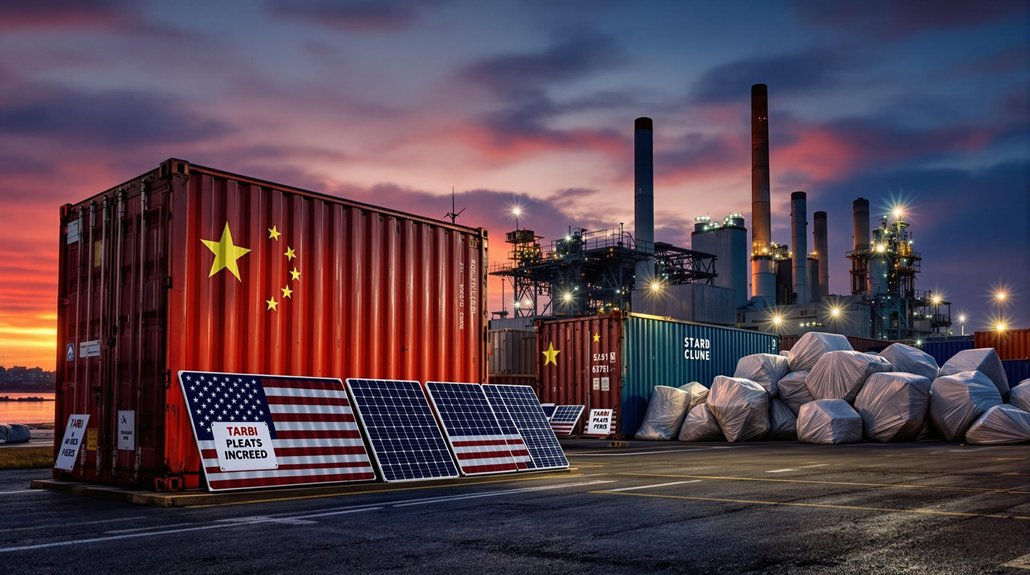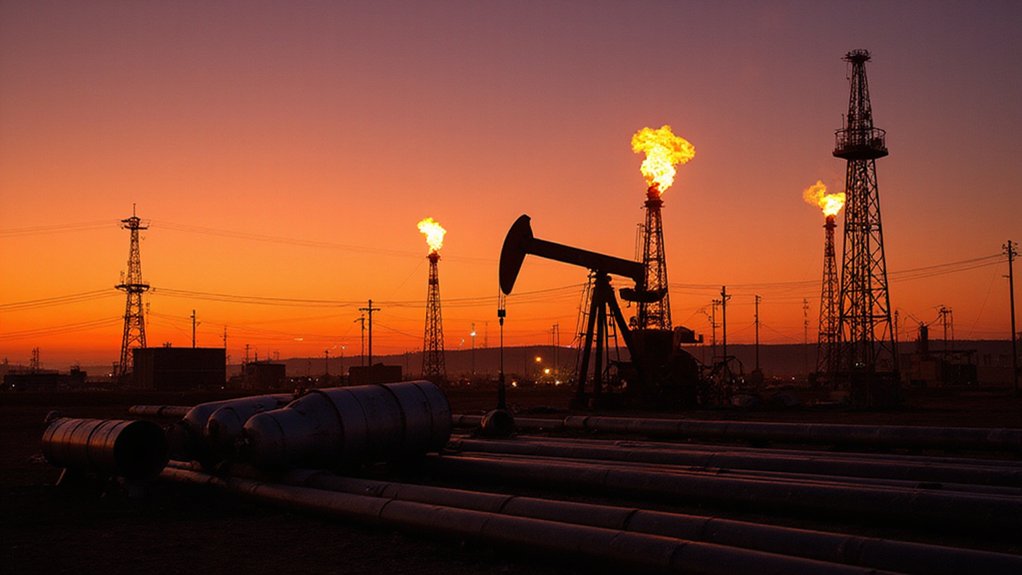President Trump’s trade policies promised to boost American energy independence. His administration placed tariffs on foreign goods to protect U.S. industries. But these taxes had unexpected consequences. Clean energy companies faced higher costs for materials. Solar panel prices jumped. Wind turbine parts became more expensive. Many U.S. manufacturers couldn’t compete globally. Jobs were lost instead of created. The question remains: did the trade war help or hurt America’s energy future?
When Donald Trump launched his trade war in 2018, few anticipated the wide-ranging consequences it would have on the American economy and global trade relationships. The effects quickly rippled through industries nationwide as tariffs raised prices on imported goods. U.S. consumers faced higher costs while businesses struggled with increased expenses for materials like steel and aluminum.
The energy sector was hit particularly hard. Tariffs disrupted supply chains for clean energy technologies, including solar panels and wind turbine components. China’s retaliatory measures limited American access to critical minerals necessary for renewable energy production. These barriers made it more difficult for U.S. companies to compete in the growing clean energy marketplace. The geographic limitations of renewable energy sources made developing domestic alternatives even more challenging without international cooperation.
As the trade war intensified, other countries responded with strategic adjustments. China strengthened its position in clean technology industries, especially electric vehicles. European nations focused on becoming more self-reliant in energy technology. The proposed tariffs under Trump particularly hindered the global transition to electric vehicles by increasing manufacturing costs for US automakers. Meanwhile, Canada and Mexico reworked their supply chains to minimize disruption from the new tariffs.
American workers felt the impact directly. Manufacturing and farming sectors lost jobs as export opportunities diminished. Small businesses struggled to absorb rising costs, and many faced financial difficulties. Economists predict that families could face average annual cost increases of $1,600 or more due to the tariffs. While U.S. steel producers initially benefited from protection, industries that use steel—like automakers—suffered from higher material costs.
The environmental toll was significant too. Trade disputes slowed progress on global climate action as countries backed away from cooperation. The administration’s goal of “energy dominance” faced serious obstacles as tariffs made energy transformation more expensive and complicated.
Economists warned that prolonged trade tensions could slow economic growth and increase recession risks. Market volatility reflected investor uncertainty about the shifting trade landscape. For many Americans, especially lower-income households, the trade war translated to higher prices for everyday goods with few offsetting benefits.









